

AGGREGATE FUNCTION IN SQL
After reading this blog you will be able to answer the questions mentioned below under 'Take Quiz' section
The aggregate function in SQL performs a calculation on multiple values and returns a single value. Aggregate functions should not be used in the ‘where’ clause we can use them in the ‘have’ clause. Aggregate function is used in the ‘select’ clause.
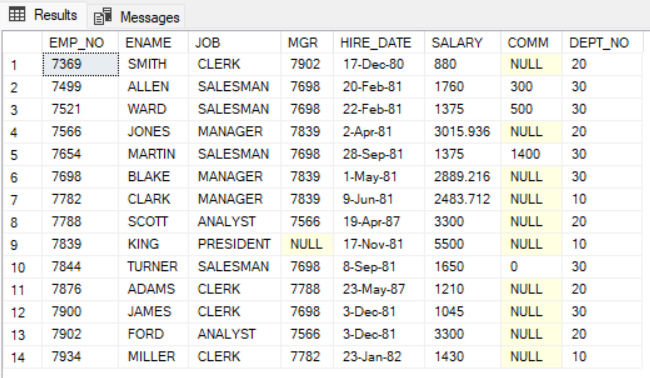
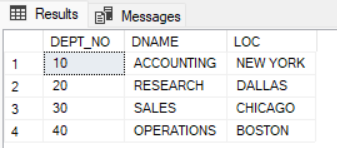
1 .Max– It is used to find the maximum number like the maximum salary.
Syntax:
select max(CN)
from TN;
Problem Statement:
Display the maximum salary from the employee table.
Query:
select max(salary) as highest_salary
from employee;
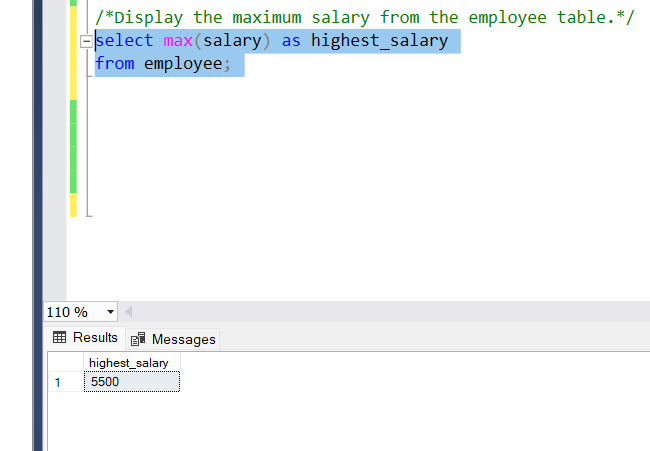
2. Min– It is used to find the minimum number like the minimum salary.
Syntax:
select min(CN)
from TN;
Problem Statement:
Display the minimum salary from the employee table.
Query:
select min(salary) as minimum_salary
from employee;

3. Sum– It is used to find the sum of values like the total salary.
Syntax
select min(CN)
from TN;
Problem Statement:
Display the total salary of dept_no 10.
Query:
select sum(salary) as total_salary
from employee
Where dept_no=10;
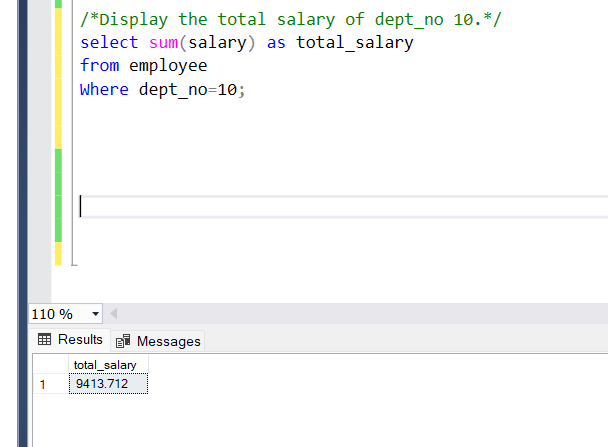
4. Avg– It is used to find the average of values like the average salary.
Syntax
select avg(CN)
from TN;
Problem Statement:
Display the average salary of all the employees from dep_no=10 and dept_no=30.
Query:
select avg(salary) as avg_salary
from employee
where dept_no in (10,30);
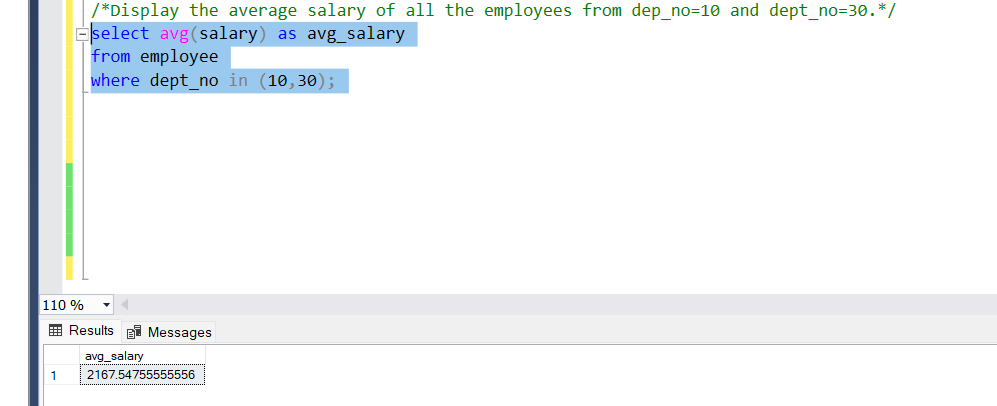
5. Count– It is used to find the count of values like the count number of rows in any table.
Syntax
select count(CN)
from TN;
Problem Statement:
Display the number of rows present in any table.
Query:
select count(*)
from employee;
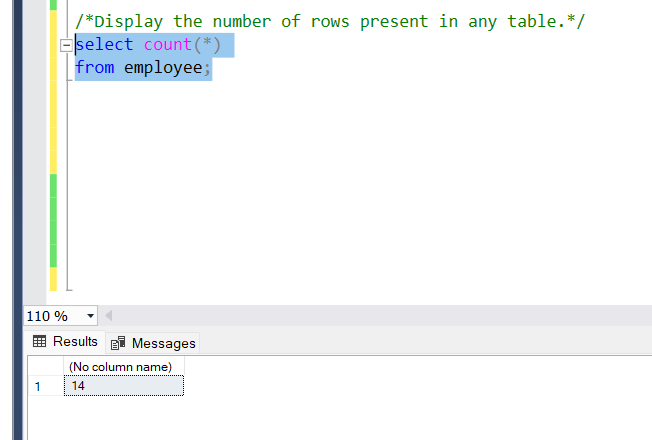
Problem Statement:
Display the average, minimum, and maximum salary of each dept_no.
Query:
select max(salary) as highest_salary,min(salary) as minimum_salary,avg(salary) as average_salary
from employee;
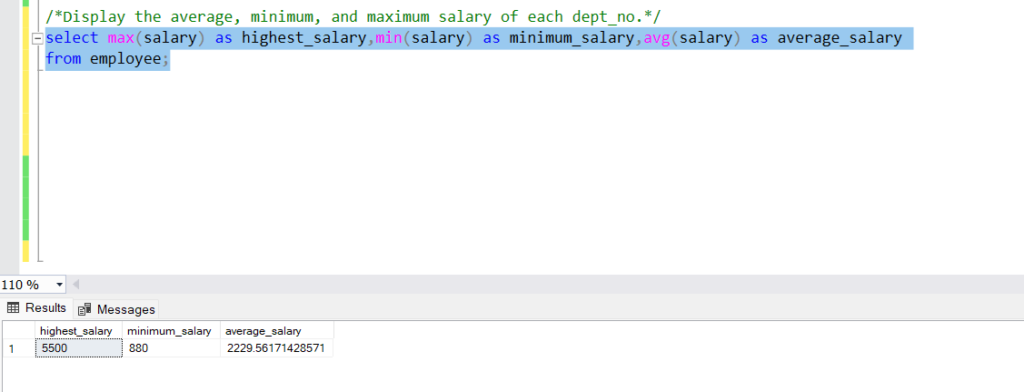
Problem Statement:
Display the maximum salary excluding those employees whose names start with ‘s’.
Query:
select max(salary) as highest_salary
from employee
Where ename not like ‘s%’;
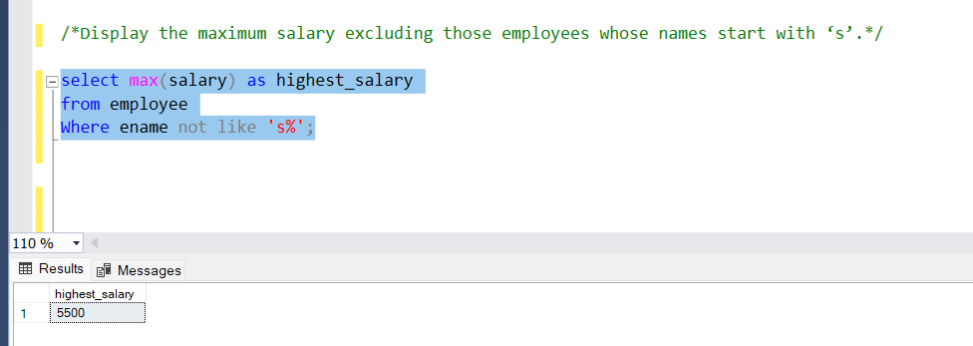
The aggregate function in SQL operates on a group of values and returns a single result by max(), min(), sum(), count(), and avg(). Remember to practice, stay updated with the latest trends in SQL COURSE, and maintain a positive attitude throughout your interview process. With the help of these functions, we can find the maximum, minimum, total, average, and count of values to get results in single values.
Also read:
Test Your Knowledge
Consult Us


















